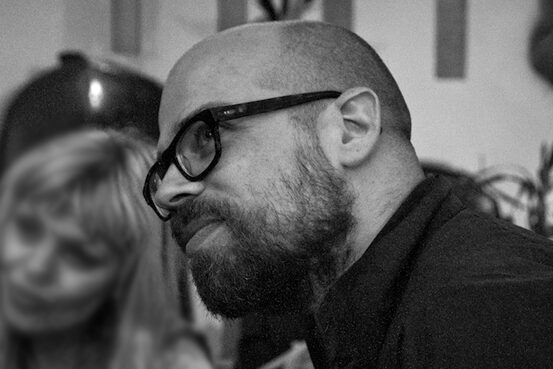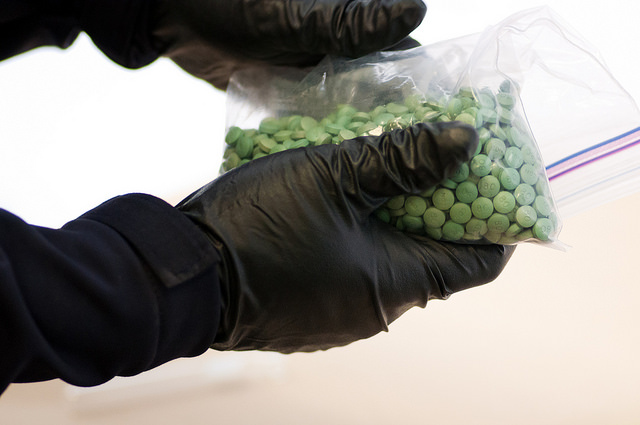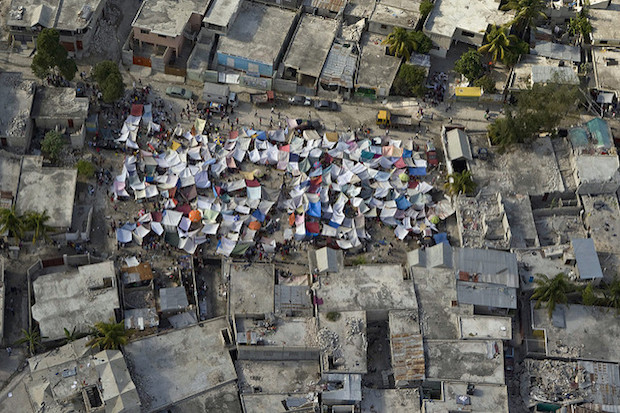We’re sitting upstairs, hunched over a computer, and Martin is showing me the darknet. I guess I have as good an idea as most people what the darknet is, i.e. not much. We’re looking at the page of someone claiming to be in the UK who’s selling “locally produced” cannabis, and Martin is wondering if there’s any way of telling if it’s blood cannabis. How would you go about determining this? Much of what is sold on these markets is illegal, and can lead to prosecution, as with any market for illegal products. But we’re not buying anything, just looking. The stringent ethics process governing his research means he currently can’t even contact anyone on the marketplace. [Read more: Exploring the Darknet in Five Easy Questions] Martin Dittus is a Data Scientist at the Oxford Internet Institute, and I’ve come to his office to find out about the OII’s investigation (undertaken with Mark Graham and Joss Wright) of the economic geographies of illegal economic activities in anonymous Internet marketplaces, or more simply: “mapping the darknet.” Basically: what’s being sold, by whom, from where, to where, and what’s the overall value? Between 2011 and 2013, the Silk Road marketplace attracted hundreds of millions of dollars worth of bitcoin-based transactions before being closed down by the FBI, but relatively little is known about the geography of this global trade. The darknet throws up lots of interesting research topics: around traffic in illegal wildlife products, the effect of healthcare policies on demand for illegal prescription drugs, whether law enforcement has (or can have) much of an impact, questions around the geographies of trade (e.g. sites of production and consumption), and the economics of these marketplaces—as well as the ethics of researching all this. OII researchers tend to come from very different disciplinary backgrounds, and I’m always curious about what brings people here. A computer scientist by training, Martin first worked as a software developer…
Martin Dittus is a Data Scientist at the Oxford Internet Institute. The stringent ethics process governing his research means he currently can’t even contact anyone on the marketplace.



